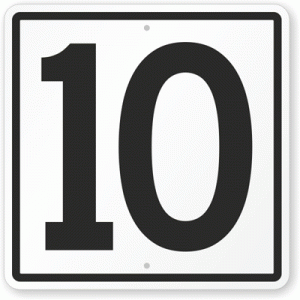 Ten Things You Must Do to Make Your Press Release Matter
Ten Things You Must Do to Make Your Press Release Matter
Many people understand that it’s important to include public relations efforts as part of your online marketing campaign. However, in order for this to be successful, it needs to be more than just hiring a firm for press release writing and distribution services and emailing a release out to a few media outlets. You need to have a clear strategy for your public relations efforts if you want them to augment your existing marketing efforts.
A lot of businesses make major mistakes with their public relations, whether they hire press release submission services or decide to do it themselves. Here are 10 things that you need to make sure you do if you are going to put out your own press release:
Don’t Underestimate the Power of PR for SEO: While a press release doesn’t have SEO value on its own, it can lead to online sites writing stories about your company or running the release whole — including your business’ link.
Make Your Release Newsworthy: A press release serves as a way to announce news to the media. You need to make sure that each press release contains information that a reporter or editor will think is relevant and interesting to their readers and not just promoting a business.
Keep Focus: You’ll be tempted to write about every interesting aspect of your business in your first press release. Resist this urge and keep focused on one story you want to tell and save the others for future releases.
Keep Control of Everything: From the words in the press release to the pictures used to accompany the release, you need to make sure that you have control of all aspects.
Find the Right Journalists: A press release isn’t very useful if no one can read it. You need reporters and editors to decide to run the release in order for people to read it, which means putting thought into who you are sending it to. Finding people who have written about your business or your competitors is a great start.
Follow Up: Once you’ve sent out a press release, call or email the reporter to see if they are interested. Even if they aren’t, you might strike up a conversation that leads to a different story.
Be Prepared for What’s Next: Have a gameplan for what happens if a reporter is interested in doing a story. Not being prepared can lead to lost media opportunities.
Structure Your Release Properly: This means having a great headline and a first paragraph that entices people to keep reading.
Write the Whole Story: Don’t make reporters — often short on time — have to do more work to get a press release “ready for publication.”
Anticipate Anything: You never know when a chance for an editorial PR link will come up.
